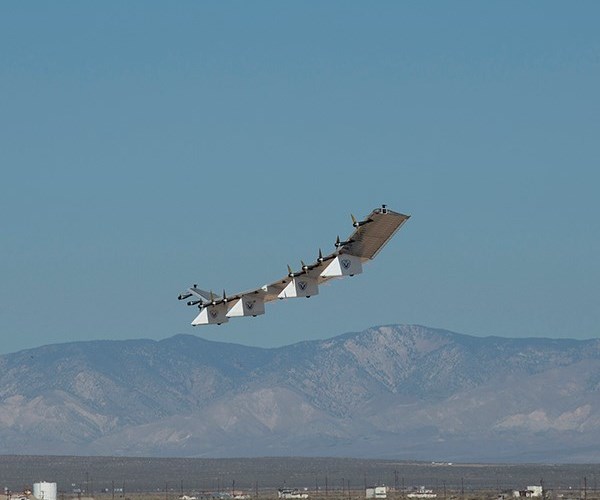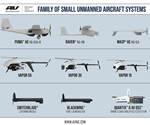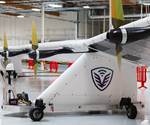AeroVironment's HAWK30 achieves first flight
The first successful flight test of the solar-powered HAPS unmanned aircraft system took place on Sept. 11, 2019 at the NASA Armstrong Flight Research Center.

Source | AeroVironment Inc.
AeroVironment Inc. (Simi Valley, Calif., U.S.) has announced the successful first flight of the HAWK30 solar-powered HAPS (High-Altitude Pseudo-Satellite or High-Altitude Platform Station) unmanned aircraft system on Sept. 11, 2019 at the NASA Armstrong Flight Research Center in California.
Developed and assembled in AeroVironment’s HAPS Innovation Center, the HAWK30 has a wingspan of approximately 260 feet and is propelled by 10 electric motors powered by solar panels covering the surface of the wing, said to result in zero emissions. Flying at an altitude of approximately 65,000 feet above sea level and above the clouds, the HAWK30 is designed for continuous, extended missions of up to months without landing.
“The first flight of HAWK30 builds on more than two decades of pioneering HAPS technology development and demonstration by the AeroVironment team, and comes only two years since SoftBank joined us in this endeavor,” says Wahid Nawabi, AeroVironment president and CEO. “We are grateful for the expertise and support from NASA’s outstanding team at the Armstrong Flight Research Center. We are proud to add another milestone to their storied history of aviation innovation.”
“We look forward to achieving even greater success in flight testing, culminating in high-altitude, long-endurance flight demonstrations that will pave the way for the global commercialization of HAPS technology,” says Nawabi.
Design and demonstration of the HAWK30 is funded by HAPSMobile Inc., a joint venture of AeroVironment and SoftBank Corp. (Tokyo, Japan). In addition to participation in the HAPSMobile joint venture, AeroVironment seeks to create value from its HAPS intellectual property and capabilities by generating customer-funded research and development revenue as the exclusive developer of solar HAPS for HAPSMobile; manufacturing and supplying HAPS UAS to HAPSMobile; supporting and maintaining a deployed fleet of HAPS systems; and marketing and selling HAPS UAS to non-commercial customers globally.
Related Content
-
PEEK vs. PEKK vs. PAEK and continuous compression molding
Suppliers of thermoplastics and carbon fiber chime in regarding PEEK vs. PEKK, and now PAEK, as well as in-situ consolidation — the supply chain for thermoplastic tape composites continues to evolve.
-
Composites manufacturing for general aviation aircraft
General aviation, certified and experimental, has increasingly embraced composites over the decades, a path further driven by leveraged innovation in materials and processes and the evolving AAM market.
-
The potential for thermoplastic composite nacelles
Collins Aerospace draws on global team, decades of experience to demonstrate large, curved AFP and welded structures for the next generation of aircraft.

.jpg;width=70;height=70;mode=crop)

.JPG;maxWidth=150;quality=70)












